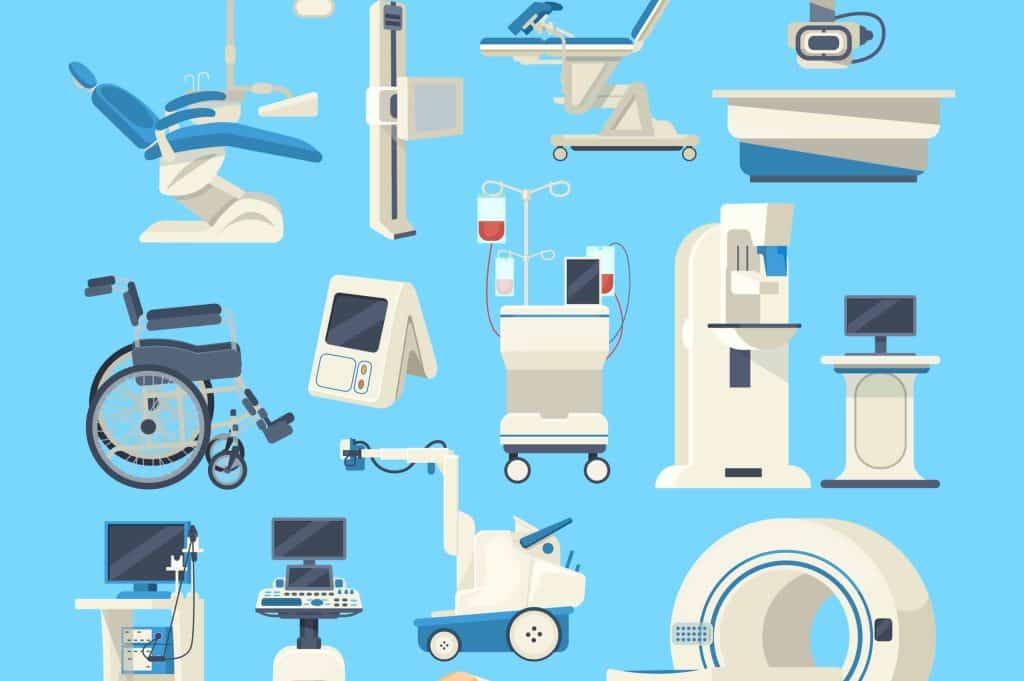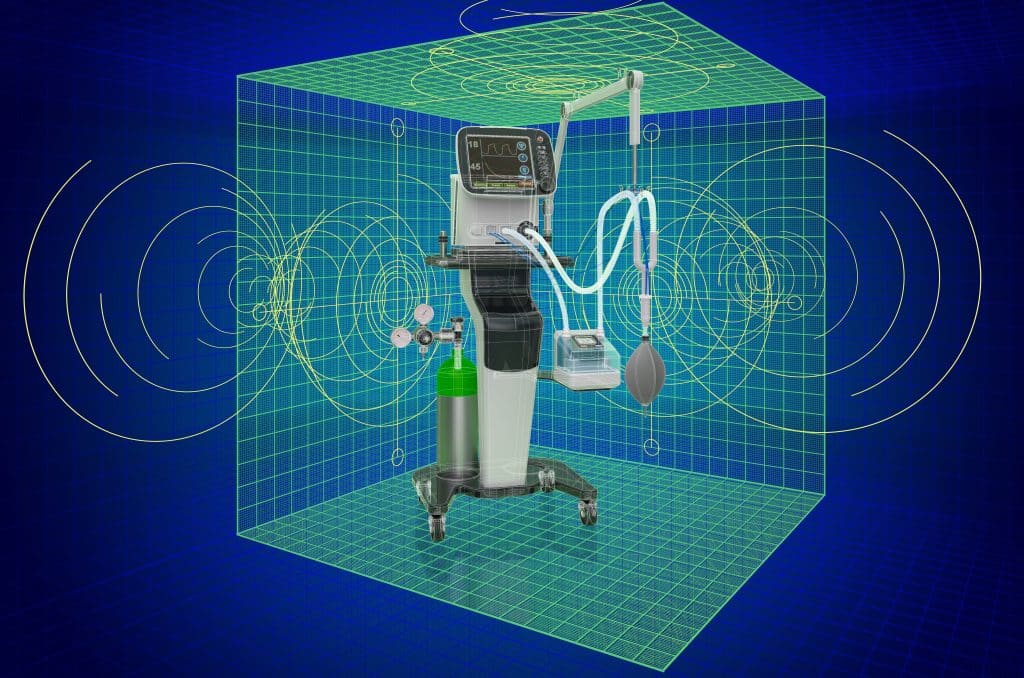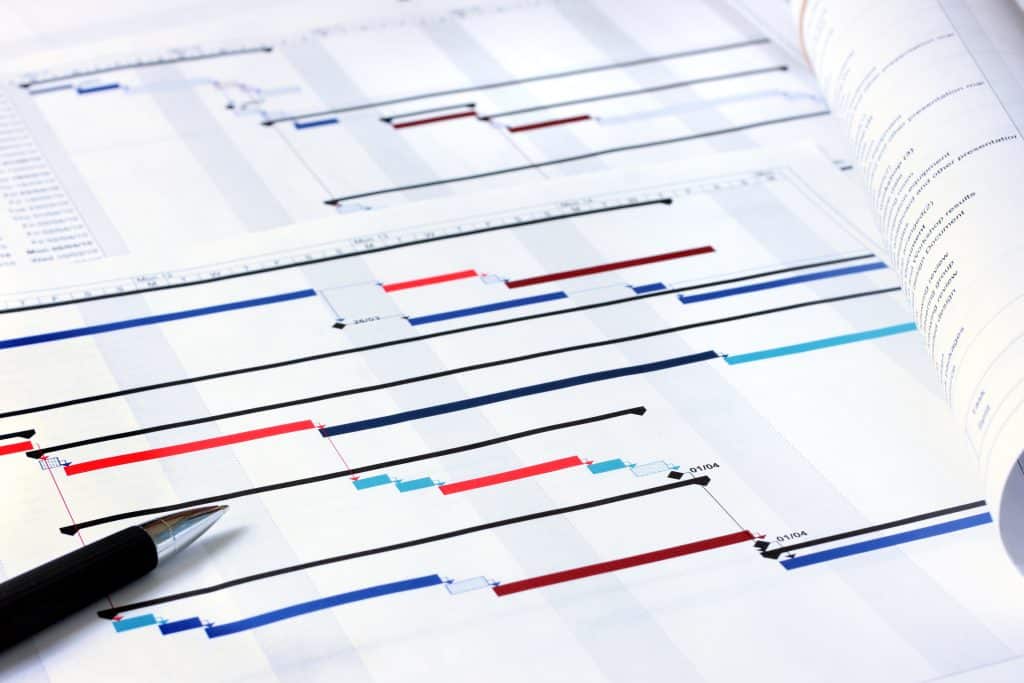Medical devices can be one of the hardest products to launch with the layers of red-tape and regulations before a new device can go to market. It takes careful design and development to create a medical device that can meet customer demand while ensuring patient safety and gaining FDA approval.
Despite the difficulty and effort, developing a new medical device is an important part of pushing healthcare forward, benefiting patients and doctors alike.
From Idea to Product – How to Develop a Medical Device

The term medical device is a generalization to any new technology and innovation that is developed in the field of medicine. Developing a medical device is the process of taking an idea or solution in the medical field and turning it into a product.
Unlike other products that may go from an idea to a prototype to the real product, there are many more steps involved in making your medical device a reality. Bringing a new medical device to the market can be a challenge and only a few companies succeed in completing the rigorous journey.
What Does it Mean to Develop a Medical Device?
As with developing any new invention or product, you must begin with an idea. Whether you are a physician who has a need for a device that helps test blood in a different way or someone who has new technology that can replace pacemakers, the idea is the starting place for a medical device.
Many medical devices are developed from identifying needs; often the success of a medical device will come down to analyzing the market and bridging the gap between perceived needs and actual need of the product.
Once you have your idea, it’s important to clarify if what you want to design falls under the FDA regulations for medical devices. To determine if it meets the FDA definition of a medical device, you must figure out the intended use of your device and the indications of it. Once you have determined what your device is, what it’s for, and who it’s for, you can consider pushing your idea into design and development.
Designing a Medical Device – The Importance of Design Control
In order to ensure public safety, the FDA and ISO have put in place design controls. Design controls are proof that the product you have designed is safe and meets users needs and requirements. When you go through the stages of development, the FDA will require a design history file during stage three in order to trace the safety of your design.
The design controls set forth by the FDA are:
- General
- Design and development planning
- Design input
- Design output
- Design review
- Design verification
- Design validation
- Design transfer
- Design changes
- Design history file
It is important to maintain a matrix of these design controls as you begin working on your medical device. They are intended to demonstrate that your medical device is designed to meet the inputs and requirements, performance criteria, and addresses the needs of users. The design controls are there to help minimize risk to both the company and the users of the medical product.
What to Consider When Developing a Medical Device

When developing a new medical device, there are often more things to consider than other products that do not have to go through rigorous regulations. After all, these devices will have direct implications on the physicians and patients who use them. Even before prototyping your idea, make sure you consider the following about your new product:
Patient safety – Although most products must pass a general safety inspection, medical devices must take patient and doctor safety very seriously. A device that is meant to help a patient should not have the opposite effect. On the business side, an unsafe device is a liability that could cost millions of dollars. If you cannot design and develop a safe medical device, there is no reason for it to be on the market.
Regulations – Unlike a new style of jeans, medical devices have high standards they must reach before being approved and sent to market. The toughest standards come from the regulations imposed by the FDA and other organizations. It is important to consider if your new product will be able to meet the specifications set by the FDA. If it doesn’t or will have challenges meeting them, it might be best to rethink the design and functionality of the medical device.
Cost – As with all products, cost is an important factor to developing a medical device. There are many people out there creating products that are similar. If your product cannot be developed without a high price tag that someone else may be able to create for less, it might be time to go back to the drawing board.
Lifetime – What type of life-span will your product have? Is it a product that can only be used once and need to be repurchased or is it a product that can be used multiple times for many years? The lifetime value will depend on the type of product you are creating and the need it will be trying to fulfill.
The Five Phases of How to Develop a Medical Device

To develop a medical device, there are five phases you must complete, as outlined by the FDA. These five phases are key to creating a product that will be approved, and hopefully, successful in the market.
Stage 1: Device discovery
Once you have your concept for your medical device, it’s important to dive into complex questions and considerations about your device. For example, ask the following about your medical device:
- What are the risks of the device to the patient, market, and doctor?
- Is this meeting a need on the market? Is that need real or perceived?
- Will this device reduce costs and optimize care for the patient or physician?
After you have done thorough research on your idea and considered it from all angles, you must provide a proof of concept brief that fleshes out the idea and process necessary to put the product on the market. The proof of concept also must demonstrate that the medical device is worth the research and development costs that will be put into it.
Stage 2: Preclinical research and prototyping
After the discovery stage, medical devices can begin prototype testing. You can create your prototype based on your initial thoughts and design of the product. During this stage, non-human testing begins in controlled laboratory settings.
User feedback is critical and can affect how the end-product will function and be designed. The prototype may need to undergo several revisions before it is ready to move onto the next stage. Because of this, the preclinical research and prototyping stage can be a lengthy one, with many iterations of the medical device being developed and improved upon.
Stage 3: Market approval
The pathway to approval will be determined by the classification of your device. Each medical device is classified into one of three categories: Class I, Class II, or Class III. These are determined by the level of control needed to ensure effectiveness and safety.
A design history file, or DHF, is needed that documents the tests and controls that the medical device has gone through, along with the manufacturing and design process. The FDA will use this document to confirm that the device is safe for the public.
Stage 4: Regulatory review
If a device has gathered enough data to show that it is safe and effective, it may move onto the regulatory review. Like the pathway to market approval, the regulatory review process will be determined by the class of the device. For example, PMA applications require a review of the facilities for production, while other device classes do not require it.
Typically, you will need to file one of three applications:
- Humanitarian device exemption
- Premarket notification or 510(k) – for all three classes
- Premarket approval application – only Class III devices
Stage 5: Post-market safety monitoring
After the regulatory review, the device will be approved or rejected. If approved, your medical device can be fully manufactured and sent to market, where it will be monitored for safety and performance. Users of the products have the ability to report on the product for any issues. If there are safety concerns, a recall can occur.
The FDA utilizes three methods to ensure that the medical device remains safe to the public, including manufacture inspections, reporting programs, and active surveillance of the product.
Classification of Medical Devices
During the discovery phase, it’s important to consider what classification your medical device will fall under. The classification of your medical device will determine the pathway and review process under the FDA.
There are three classifications based on safety and effectiveness:
Class I, general controls
This class of medical devices poses the least amount of threat to consumers. Some examples include medical masks and surgeon tools. They are regulated to “general controls” in their approval, such as:
- Good manufacturing processes
- Standard and reporting adverse events to FDA
- Registration
- General record keeping requirements
Class II, general controls with special controls
A step up from Class I devices is Class II, which pose more of a risk to consumers. This means that they are required to have specific labeling, performance standards, and testing requirements, along with Class I general controls. Some examples of Class II medical devices are items such as syringes, wheelchairs, and catheters.
Class III, general controls with premarket approval
Class III medical devices are typically devices that have the greatest risk of illness or injury, or they are devices that are implanted in the body, like pacemakers or breast implants. They must have premarket approval before being produced which proves that the device is safe and effective.
How Long Does it Take to Develop a Medical Device?

All good things take time, especially when it comes to developing medical devices. While each device is different, much of the timeline of how long it takes a device to get developed will depend on the classification it falls under.
Medical devices that fall under Class I may only take between 18 months and 24 months from idea to market product. A Class II device tends to take between 3 to 6 years, while a Class III, with the most difficult regulations, usually takes between 5 and 9 years. Other factors that influence how long a medical device takes to develop include trials, prototyping, and manufacturing process.
Why Develop a Medical Device
Developing a medical device is a huge and complex task that has many moving parts, requirements, and documentation. Each medical device will have a different path to take in order to get it from an idea to an actual product; this is only a starting guide to some of the requirements needed to fulfill to develop a new device. Some medical devices may be completed in a year while others may take up to 10 years.
Despite the challenges that come with developing medical devices, it is a worthwhile journey. New technology and innovations help improve the lives of patients and doctors, pushing the boundaries of what is possible. Although the regulations and phases may seem like they stand in the way of a great idea, they are there to help protect the public while ensuring only the best products are developed.

